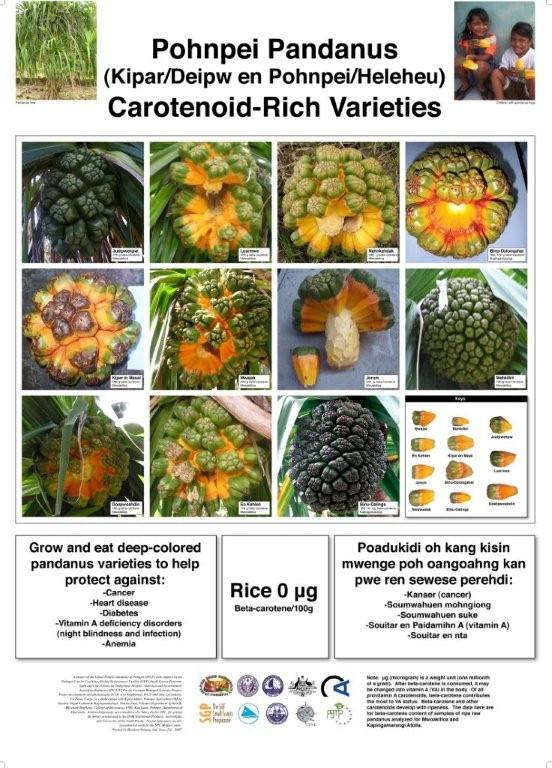Vegan sexuality? The image explained. Magritte amused.
Lightning strikes coconuts twice (and more)
I’m still in the Philippines, but I’ve moved from rice to coconuts. That’s in terms of what I’m discussing, not what I’m eating. I’m participating in a meeting of the curators of the five different regional components of the International Coconut Genebank, organized by COGENT. There’s a lot of interesting stuff coming out, but what I wanted to share with you now (it’s actually the afternoon tea break) is something that was shown earlier today 1 to illustrate the problems that conservation of coconuts in field genebanks can face.
The image below comes from Google Earth and shows a small piece of one of the largest and most important coconut genebanks in the world, at the Marc Delorme Research Station just outside Abidjan, Ivory Coast. Those large gaps in the otherwise beautifully laid out genebank were caused by lightning strikes! The labourers grow their cassava there now. I’d never heard of this particular threat to ex situ conserved agrobiodiversity. This particular parcel seems to have been particularly unlucky, attracting strikes repeatedly over the years.
New pandanus poster from Pohnpei
Dr Lois Englberger of the NGO Island Food Community of Pohnpei, Federated States of Micronesia has just announced the release of a colorful new local food poster entitled “Pohnpei Pandanus: Carotenoid-rich Varieties.”Â

Photographs and nutrient content of nine varieties of pandanus from Mwoakilloa Atoll and two varieties from Kapingamarangi Atoll are presented, along with the message that these carotenoid-rich foods can help protect against cancer, heart disease, diabetes, vitamin A deficiency and anemia or weak blood.Â
The development of the poster started in 2003 with the collection of samples and arranging for analysis for provitamin A and other carotenoids, including beta-carotene, the most important of the provitamin A carotenoids. Note that rice contains no carotenoids.
We hope that this poster may help to promote this neglected food crop, to raise awareness about the distinct varieties of pandanus and to increase understanding about the important health benefits that may be obtained by consuming this fruit.
Warm thanks are extended to the Pohnpei Cancer Coalition, Global Environmental Facility Small Grant Program, Sight and Life, Center for Indigenous Peoples’ Nutrition and Environment, Australian Embassy, SPC GTZ Pacific German Regional Forestry Program, Pohnpei Agriculture, Pohnpei Departments of Health and Education, and the College of Micronesia-FSM for funding and other support, to the Secretariat of the Pacific Community in Suva, Fiji, for assistance in getting the poster developed, printed and laminated, and to all those assisting in this project.
Chestnuts coming back
Chestnuts roasting on open fires again. Bing Crosby unavailable for comment.
Radio interview with “apple detective”
A man who finds “the world’s rarest species of fruit;” neither Linneaus nor BBC’s scientist available for comment.
